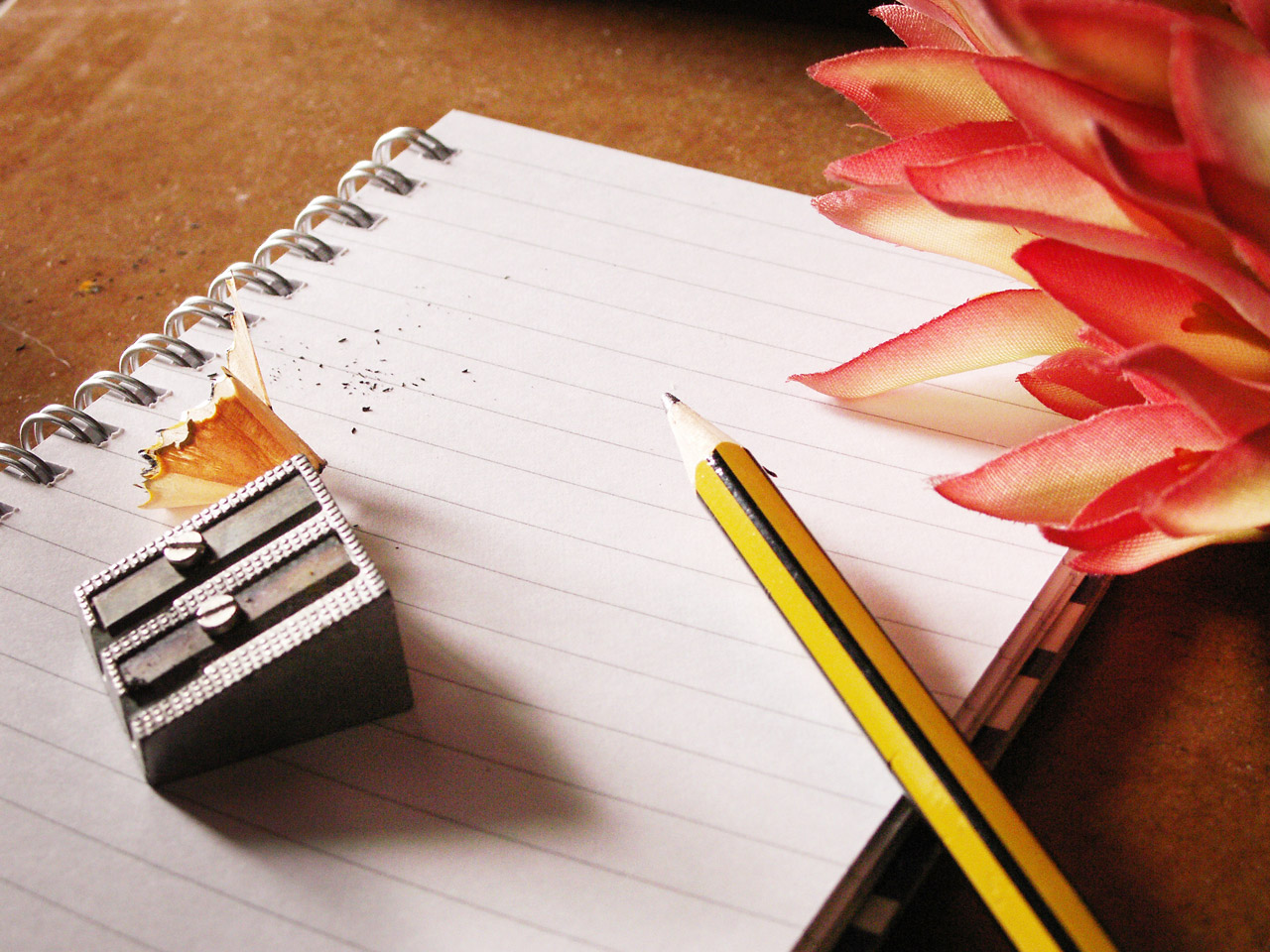
There is no need for wild guesses to figure out what kiln-dried wood happens to be. It is wood that has been dried in a kiln or an oven type used for thousands of years to dry wood. Kilns have other historical usages as well, like pottery.
Wood is characterized by its tendency to gain moisture from humidity variations. This feature is a universal characteristic of wood and wood products. It absorbs and gives out the moisture until it reaches an equilibrium level with the environment surrounding it. With these fluctuations, aspects like the volume of wood vary too. Without reducing wood moisture, it is not possible to work on it. In this, kiln-drying is the best option.
In terms of the time involved in completing the drying process, Kiln drying is faster than air drying. It has several advantages that make the process more suitable for the lumber industry., We need to comprehend kiln-dried wood properly. This will help us understand its growing popularity. We must know about how lumber is formed from trees and why it is useful.
Wood Absorbs Air Moisture
We have to first acquire an understanding of the importance of drying wood. When you are talking about lumber, three relevant terms need to be explained:
- Greenwood
- Air-dried wood
- Kiln-dried wood
Through the term greenwood, we refer to lumber boards derived from a recently harvested tree. However, since this wood is yet to get a chance to dry naturally, it is dill of moisture and water resulting from rains. You can dry the green wood in two ways:
- Dry the greenwood in a kiln oven
- Dry the greenwood over time in a covered area
The problem with air-drying green woods is that it usually takes you several months to finish the process. It takes much time to reach the moisture levels necessary to make the lumber suitable for construction purposes.
Kiln-dried wood is an efficient way to rid the greenwood of its moisture without affecting its strength, durability, and attractive appearance.
How Does The Kiln-Dried Wood Process Work?
The first step in any wood-making process is harvesting trees. The expert kiln-dried wood providers at https://www.buyfirewooddirect.co.uk/ describe the process followed to kiln-dry wood after harvesting the tree itself. The log resulting from harvest is transported to a sawmill where it is sawed into green boards. After that, the wood undergoes sorting and is arranged by their length and the wood grade. It’s worthwhile to remember that the wood is still wet and moisture-heavy until this point. There is a need to let the wood dry for about a few weeks in natural air before setting it in the Kiln. The ideal proportions for wood and moisture for greenwood entering kilns would be 7:3.
Once the greenwood reaches this proportion of moisture and wood, it is then placed into the kiln oven. This kiln drying process is likely to last for several weeks as well. It would be helpful if you had someone to monitor the drying process and make sure that all wood pieces dry up at the same rate. The drying rate can be controlled through the addition of moisture or removing it from the kiln oven.
Now, you need to wait for the wood’s moisture levels to come down to 10% before removing the wood. Following this, lumber firms carry out a quality check before making it suitable for construction purposes.
Some of the best applications for kiln-dried wood are creating furniture out of it and flooring purposes in residential and commercial buildings. It should help to remember that there are other potential applications for kiln-dried wood as well.

Why Choose The Kiln-Drying Process?
The most helpful feature of drying wood on kilns is the relatively short period required by the process vis-à-vis air dried timber. For businesses dealing with professional lumbering, this is genuinely a significant benefit as they can sell more wood by shortening the manufacturing time. Not only manufacturers but consumers also stand to benefit from kiln-dried lumber. This type of wood usually has a lesser number of defects than air-dried wood. The high temperatures involved will help you rid the wood of fungus, algae, and mold, ensuring the maximum wood quality.
As we noted earlier, kiln-dried wood is best suited for cabinets, furniture, and flooring. The appearance of this type of wood is smooth, and it works well for finishing. Besides the above uses, kiln-dried wood is suitable and durable for functioning as fences, outdoor services, and deck boards.
The one drawback of kiln-dried wood we should mention in this context is that it is more costly than its air-dried counterparts.
Why Buy Kiln-Dried Wood?
Kiln-dried wood serves as the way to receive wood consumer goods of a higher quality. There are several reasons why you would want to choose kiln-dried lumber.
You can best control the drying environment of wood through kilns. Kilns let you adjust the humidity, temperature, and airflow in the drying process’s different stages. For best results, you should dry wood in an environment with constant, consistent airflow. Only through kiln drying can you achieve the perfect air balance resulting in uniformly dried timber.
You can easily be deceived by the notion that wood quality need not be consistent. It is tempting to think textured wood that hasn’t been processed by machines has the best appearance. But the point you should take note of is that beyond three years of the installation, the wood project would in all probability look awful.
Kiln drying helps to prevent the wood from unnecessary shrinking. In contrast to kiln-dried wood, shrunk reclaimed wood is far harder to install, and the former can save you from tons of troubles during the same process. Moreover, kiln-dried wood makes sure that the wood retains a consistent size long past the installation process. Besides, timber dried in kilns doesn’t need strict acclimatization and is ready to be installed at a moment’s notice.
If your wood has undesirably high moisture levels, then it is likely to warp with time. Naturally, it will lead your ceiling wood tiles, and wooden floors experience reduces lifespans. Once a piece of kiln-dried wood reaches the desired EMC levels, it becomes suitable for broad variety purposes and climates without the wood losing its structural integrity. Kiln-dried wood is ideal for all kinds of temperatures. Kiln drying is particularly recommended for the four-season states in the US.
Another aspect of the kiln drying process that serves to work in its favor is that it destroys bugs and pest eggs in the wood. Compare this to the fact that the source for most reclaimed wood is old factories and barns for centuries. As a result, they typically play host to countless bugs, both big and small. The temperature within a kiln is usually high enough to get rid of most such critters and ensure that they don’t enter your home.
Like we mentioned just at the start of this article, kiln drying is more advanced in using technology to air-dried wood. Not only that, but buying kiln-dried wooden planks also gets you a better, consistently finished look. Kiln drying also serves to make the wood more durable. It prepares the wood for milling through the strength of the wood gains by undergoing the process. This enhanced strength results in the superior quality of finish for the wood.
The fact that other than the superior quality of wood produced by kiln drying methods than their air-dried counterparts, it is also considerably faster. It might take several weeks for lumber to dry up in the air. The same piece of wood would typically take one day to dry up in a kiln, making it easy to allocate more time into the wood finish. This extra time has a significant impact on the wood’s cost-effectiveness besides making it of high quality. As a result of the enhanced volume of quality wood, manufacturing companies can yield more significant amounts of the product at a significantly lesser price. You should also consider that kiln-dried wood’s maintenance is more manageable too. It lasts longer, adding to the excellent value for money it presents to buyers.
Why Is Untreated Reclaimed Wood Not The Solution?
Before you decide to introduce furniture or other wooden components made out of untreated reclaimed wood, you should go through the following notes about them. Not only do they come with a host of unnecessary issues, but they can be potentially dangerous as well. Maintaining them is yet another steep task, and you should keep in mind the following:
It is unusual to find nails and other metal pieces in trace amounts in untreated wood. It makes it necessary for you to exercise caution while handling it as these objects might pose hazards. If you fail to eliminate them, you also expose pets and family to those hazards. It is highly recommended that you carry out double-checks to ensure that the wood is free from such objects and metals. You should do this even if you know its previous use.
You first need to know that you can’t precisely clean untreated wood through soap and water alone. The wood piece remains vulnerable to too much moisture, which may damage it badly. Such varieties of woods don’t tolerate spills and stains making it unsuitable for homes with kids or for busy households. On the other hand, if the wood had been Kiln dried, it would have resisted stains and moisture to a far greater degree. It serves to clean the wood and additionally endows it with further protection as well. It helps to enhance the lifespan of your wooden object or application.
As we discussed earlier in this post, kiln drying the wood helps ensure that it is free from pests and bug eggs. Using untreated wood often means deciding to invite all sorts of such problems into your house, endangering your family members’ health and safety. While you can indeed use professional pest control services to rid unwanted bugs from wood and other house items. But it is more convenient and cheaper, in the long run, to stick to kiln wood. You can always and seek professional pest control help only when any other aspect of your home demands the same. Although reclaimed wood does have the heritage factor going for it, bugs are in no way something you want in your house.
Suppose you are using some wood application sourced from untreated wood, in all likelihood. In that case, it will experience more significant amounts of wear faster. Not only that, but you will also have to set aside a considerable amount of money for maintaining these wooden objects. But that in itself will serve as no guarantee of preventing the wood from warping or shrinking, and you very well might have to replace it. Kiln drying is a far better option open to you before you install them. It will serve to ensure long-lasting wood products that resist degradation and have minimum warping issues. As a result, you will have durable wood products that have a better appearance and are more affordable and surprisingly easy to maintain.
Final Thoughts
If you are looking for wood solutions for hardwood floors, timbers, and paneling to be done on wooden walls, it would be best to choose kiln-dried wood. The better wooden applications and furniture companies make it a point to have kiln-drying as essential parts of their lumbers’ wood processing system. The right company will provide you with crucial advice on what kind of wood you want. If you’re going to add that feel of wood for your house but lack ideas, these companies will give you plenty of options that will make your home just like the one you always dreamt about. Feel free to ask questions and acquire feedback and consult online resources, especially if you are a newbie. Welcome to the world of woods, lumber, and timber!








